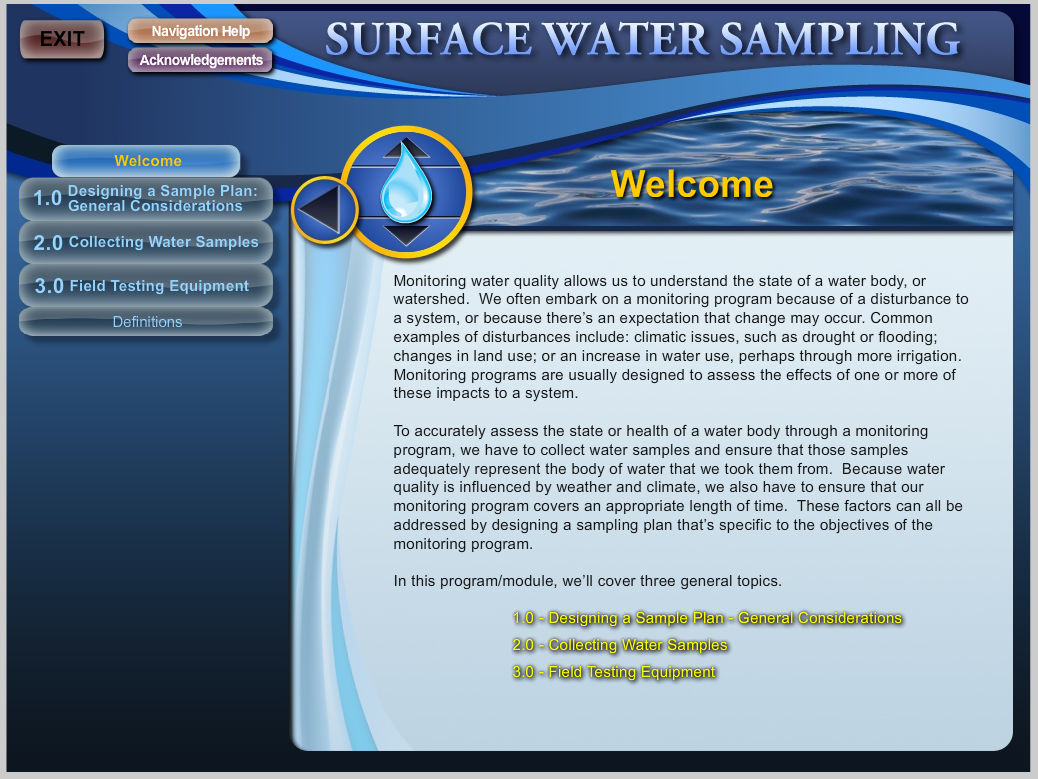![]() Waste to Worth home | More proceedings….
Waste to Worth home | More proceedings….
Abstract
A study was conducted to assess the performance of various mixing regimes on methanogen biomass content in anaerobic digesters. Methane production in anaerobic digesters is directly related to the methanogens within the system. Current systems involve mixing to increase biogas production and system efficiency, however little is known about the underlying mechanisms of this relationship. In this study three pilot scale anaerobic digestion systems with three different mixing regimes were run with replication to examine the impacts to methanogen biomass content and biogas production. The results will provide insight for operational recommendations as well as the basic microbial processes with digestion systems which are critical for optimization.
Authors
Rebecca Larson, University of Wisconsin-Madison ralarson2@wisc.edu
Purpose
To evaluate various feedstocks and operational parameters for anaerobic digesters, including impacts to biogas production, quality, and operational issues.
What Did We Do?
Evaluated numerous co-feedstocks with manure in laboratory and large scale systems to identify biogas production impacts and potential operational issues associated with each.
What Have We Learned?
Analysis of ffedstocks is critical for determination of digester fundtioning. Constituents can significantly impact the quantity and quantity of biogas produced.
Future Plans
To evaluate scale up to determine if small scale biomethane potential analyses can be used to determine full scale biogas production.
Authors
Rebecca Larson, Assistant Professor, University of Wisconsin – Madison
Corresponding author email address ralarson2@wisc.edu
Asli Ozkaynak, Post-Doctoral Researcher, University of Wisconsin – Madison
Additional Information
Data is to be published
Acknowledgements
Funded by the USDA
The authors are solely responsible for the content of these proceedings. The technical information does not necessarily reflect the official position of the sponsoring agencies or institutions represented by planning committee members, and inclusion and distribution herein does not constitute an endorsement of views expressed by the same. Printed materials included herein are not refereed publications. Citations should appear as follows. EXAMPLE: Authors. 2013. Title of presentation. Waste to Worth: Spreading Science and Solutions. Denver, CO. April 1-5, 2013. URL of this page. Accessed on: today’s date.









 are planned for live webcasting.
are planned for live webcasting. have been submitted for continuing education credits through the Agronomy Society.
have been submitted for continuing education credits through the Agronomy Society. At the time of this presentation, Jeff Blackwood was the director of government relations at The Fertilizer Institute in Washington, DC where he monitored and lobbied legislative and regulatory matters regarding nutrient use issues, agriculture policy, chemical security and water quality. Prior to joining TFI, Jeff worked as Legislative Assistant to United States Senator Byron Dorgan (D-N.D.), advising the Senator on legislation related to agriculture policy. In this position he managed bills and amendments including several considered during the 2008 Farm Bill and the annual agriculture appropriations process. Prior to his work with Sen. Dorgan, Blackwood was the Senior Grassroots Advocacy Advisor with the National Rural Electric Cooperative Association and previously served as a Legislative Assistant to Congressman Brad Carson (D-Okla.). Since that time Jeff has taken a new position as Manager of Government Affairs for agriculture policy at BASF.
At the time of this presentation, Jeff Blackwood was the director of government relations at The Fertilizer Institute in Washington, DC where he monitored and lobbied legislative and regulatory matters regarding nutrient use issues, agriculture policy, chemical security and water quality. Prior to joining TFI, Jeff worked as Legislative Assistant to United States Senator Byron Dorgan (D-N.D.), advising the Senator on legislation related to agriculture policy. In this position he managed bills and amendments including several considered during the 2008 Farm Bill and the annual agriculture appropriations process. Prior to his work with Sen. Dorgan, Blackwood was the Senior Grassroots Advocacy Advisor with the National Rural Electric Cooperative Association and previously served as a Legislative Assistant to Congressman Brad Carson (D-Okla.). Since that time Jeff has taken a new position as Manager of Government Affairs for agriculture policy at BASF.  Ashley Lyon McDonald, Esq., Deputy Environmental Counsel, National Cattlemen’s Beef Association. Ashley grew up on a diversified agricultural operation with row crops and a small commercial beef backgrounding and feeding operation in the town of Norborne, Missouri. She received her Agriculture Economics degree from the University of Missouri-Columbia and her J.D. from George Mason University School of Law in Arlington, VA. As NCBA’s Deputy Environmental Counsel Ashley represents cattle producers before Congress, the U.S. Environmental Protection Agency, the U.S. Department of Agriculture, and the Office of Management and Budget on many environmental issues that increasingly affect the cattle industry. Ashley can be contacted at:
Ashley Lyon McDonald, Esq., Deputy Environmental Counsel, National Cattlemen’s Beef Association. Ashley grew up on a diversified agricultural operation with row crops and a small commercial beef backgrounding and feeding operation in the town of Norborne, Missouri. She received her Agriculture Economics degree from the University of Missouri-Columbia and her J.D. from George Mason University School of Law in Arlington, VA. As NCBA’s Deputy Environmental Counsel Ashley represents cattle producers before Congress, the U.S. Environmental Protection Agency, the U.S. Department of Agriculture, and the Office of Management and Budget on many environmental issues that increasingly affect the cattle industry. Ashley can be contacted at: